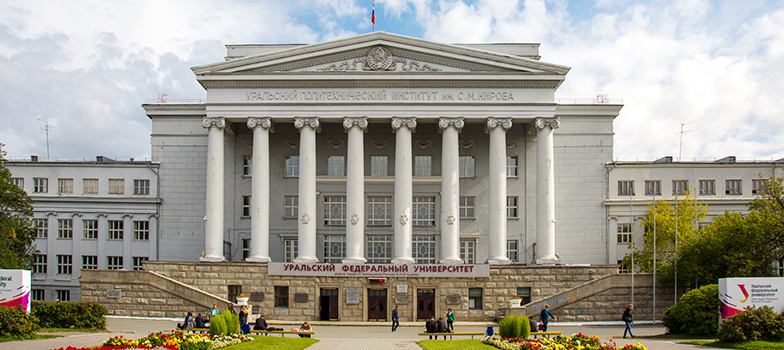Engineering Center of UrFU Is Projected to Make Over 13.7 Mil. Dollars Until 2025
The Engineering Center for Digital Technologies of Mechanical Engineering of the Ural Federal University plans to earn about a billion rubles by 2025. The university intends to actively develop the areas of digital design and robotics, the first vice-rector of UrFU Sergei Kortov told TASS (Russian news agency).
Earlier, the director of the center, Dr. Maxim Sapogov, told TASS that the center earned nearly 1 mil. dollars in 2020, having implemented 10 contracts. Its creation is one of the tasks of the Digital Economy national project.
“The university will develop areas of digital design and robotics, and I believe that the size of the market that the engineering center for digital technologies in mechanical engineering of UrFU can occupy by 2025 may amount to about a billion rubles. This is our goal, ambitious but achievable,” said FVR Sergei Kortov.
One of the tasks of the center will be to supervise the project training of students in mechanical engineering. The format of project training implies a large number of workshops, during which students are engaged in the implementation of real developments. Most of the projects are implemented jointly with the industrial partners of the university.
“The university is introducing project-oriented education. It assumes that student teams are working on projects, and preferably not educational, but practical. The Engineering Center can become the curator of this process, within the framework of which students will be able to study in the direction of mechanical engineering,” the first vice-rector Kortov noted.
The center is also ready to provide additional education services. UrFU specialists are open to training employees of enterprises in relevant digital competencies.
The center was officially opened in October 2019. The Engineering Center for Digital Technologies in Mechanical Engineering was created on the basis of UrFU and is part of the innovative infrastructure of the university. The center is engaged in digital modeling, which helps to reduce the time for creating and testing various parts. The center uses “digital twin” technology, that is, a digital model that passes all tests in the digital space. All calculations, tests and experiments can be carried out on a digital model.

